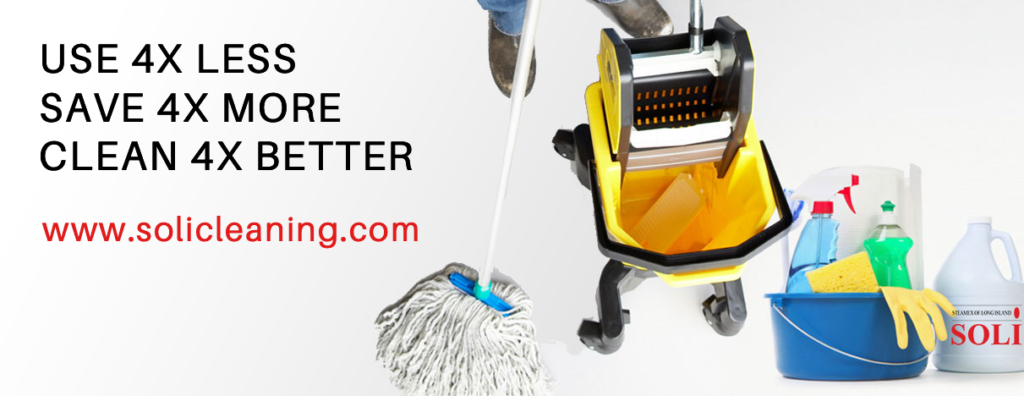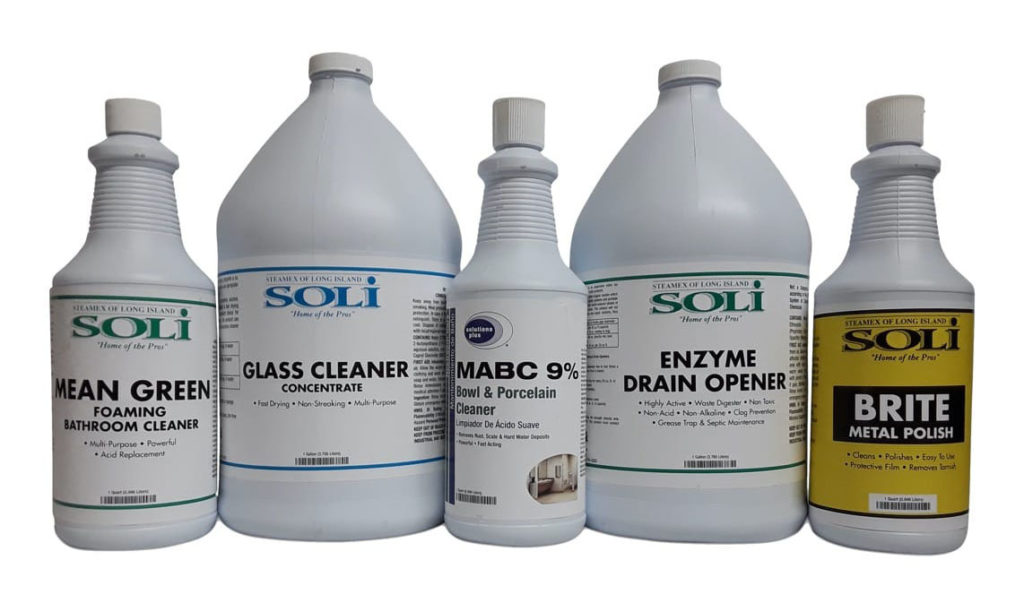Staying Safe at Home & In The Office
Home and professional cleaners play an essential role in our daily lives at home, in school, and in the office. By safely and effectively removing soils, germs, and other contaminants, they prevent the spread of infectious diseases and control allergens, such as dust and mold, helping us to stay healthy. Cleaning products also enable us to care for our homes and possessions.
Chemicals used in cleaning products, such as laundry detergents, bleaches, dishwashing products, and other household cleaners, help improve efficiency, making homes, offices and other environments both easier to clean and more hygienic.

Uses & Benefits
Chemicals in cleaning products like laundry detergent can help these products to perform just as well in cold water as in hot water, enabling consumers to save money and energy when washing their clothes. In addition, highly concentrated liquid laundry formulations made possible by chemistry require less packaging materials and generate less waste.
Household cleaning products containing antibacterial disinfectants not only remove dirt and soil, but they also can kill the germs that may cause illness.
Chlorinated chemicals can help protect against seasonal flu outbreaks and episodes of foodborne illness. Daycare centers, hospitals, restaurants, and other public facilities rely upon the disinfectant qualities of chlorine-based cleaners to keep the environment germ-free.
Solvents are also common cleaning products. For example, glycol ethers are highly effective as an active component of heavy-duty glass, floor, and other hard surface cleaning formulations. These solvents have good water compatibility, high solvency for greases and oils, and good biodegradability.
For more information on cleaning products, visit the American Cleaning Institute website.

Safety Information
Companies are providing more information than ever about ingredients in their products. The Consumer Product Ingredient Communication Initiative, launched in 2010, summarizes how companies are providing information about the ingredients in products in four major categories: air care, automotive care, cleaning, and polishes and floor maintenance products. For technical audiences, human and environmental safety data for chemical ingredients used in cleaning products is publicly available via the ACF Ingredient Safety Initiative.
These chemicals, while safe and effective, must be handled appropriately to protect the health of consumers and their families. Users should follow all safe handling instructions on a product’s label before using a particular cleaning product. If a product is accidentally ingested, call the national Poison Control Center Hotline: 1-800-222-1222, and be sure to have the label from the cleaning product in hand.
Learn more about how to stay safe and healthy when using cleaning products.
The Federal Hazardous Substances Act (FHSA) requires precautionary labeling on containers of any consumer product that poses a likelihood of injury, to help consumers safely store and use those products, and to provide information about immediate first aid steps to take if an accident happens.
Answering Questions
What are the ingredients of cleaning products?
There are many different types of ingredients used in cleaning products to help them perform. For example, you may see solvents like ethanol, or preservatives, or chlorine bleach listed in a cleaning product’s ingredients. You can often find the ingredients listed on a product’s ingredients label or packaging.
To learn more about a specific ingredient used in a cleaning product, the ACI has also developed a Product Ingredient Inventory as a comprehensive list of unique ingredients used by ACI members to manufacture home use, dish care, laundry care, and hard surface cleaning products. For common ingredients, ACI provides a summary of the hazard and exposure data collected, along with a summary of the screening-level risk assessment results.
Is there any toxic chemicals in household products?
Any chemical, even water or oxygen, can be toxic if too much is ingested or absorbed into the body. The toxicity of a specific substance depends on a variety of factors, including how much of the substance a person is exposed to, how they are exposed, and for how long.
While many products are safe and effective, they must be handled appropriately to protect the health of consumers and their families. Users should follow all safe handling instructions on a product’s label before using a particular cleaning product.